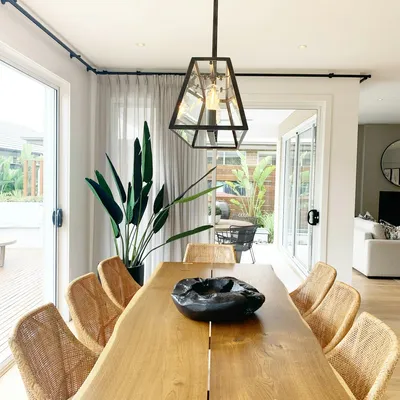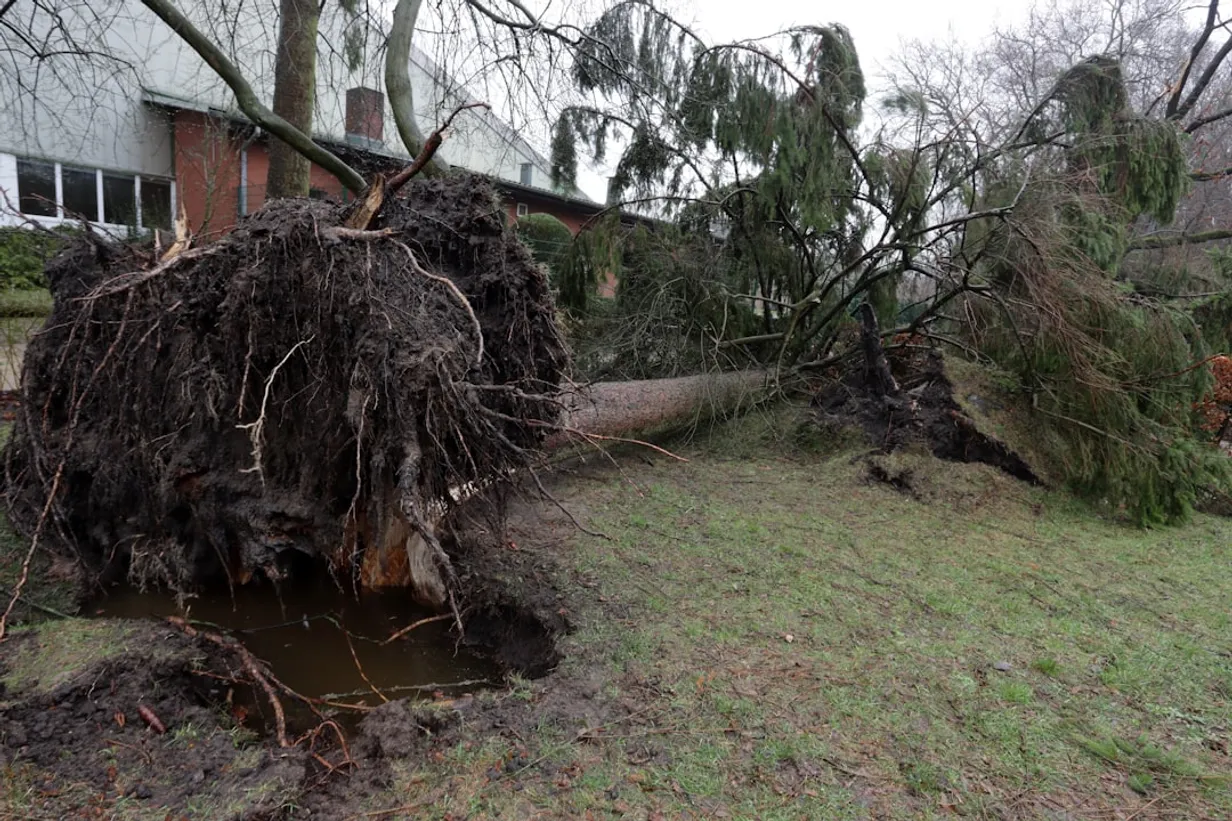Introduction to Hardscaping
While softscaping involves living elements like plants and grass, hardscaping refers to the inanimate parts of landscaping, such as paths, walls, and patios. Incorporating hardscaping elements can not only add texture and structure to your outdoor space but also extend your living area into the outdoors, providing areas for dining, relaxation, and play.
Choosing the Right Materials
Stone and Pavers
Stone and pavers are popular hardscaping materials, offering a variety of colors, shapes, and textures. Pavers are especially versatile and can be used to create intricate patterns for paths and patios. When choosing stone, consider local varieties as they often blend more naturally with your environment.
Wooden Elements
Incorporating wood into your hardscaping can provide a warm and rustic feel. Use treated wood for features like garden beds or decking, as this will withstand the elements better. Bamboo is another sustainable option, known for its strength and aesthetic appeal.
Concrete Creations
Concrete is extremely durable and can be molded into virtually any form, making it ideal for modern or minimalist designs. Stained or stamped concrete can mimic more expensive materials, offering a cost-effective solution for your hardscaping needs.
Designing Your Space
Creating Pathways
Pathways guide the flow of your outdoor area and can lead visitors through your landscape. A curved path, rather than a straight line, can create visual interest and a sense of discovery.
Constructing Patios and Decks
Patios and decks extend your home's living space. Consider built-in seating and planters to maximize space and functionality. The key is to ensure symmetry and proportion align with the overall scale of your outdoor area.
Adding Retaining Walls
Retaining walls not only help manage soil and water drainage but can also create different levels in your garden, adding dimension and interest. When building a retaining wall, ensure it is structurally sound and fits with the overarching aesthetic of your landscape.
Maintenance Tips for Longevity
Regular maintenance is crucial to keep your hardscaping looking its best. Seal stone and concrete surfaces to protect them from weather-related wear. Additionally, clean wood features periodically and treat them with preservatives to prevent damage from moisture and pests.
Conclusion
Implementing these DIY hardscaping tips can transform your outdoor space into a functional and inviting haven. By carefully selecting materials, designing with intention, and performing regular maintenance, you can create a stunning exterior that enhances your home's curb appeal and usability.
Popular Interior and Exterior Design Ideas
Check out our readers' favorite design ideas for both interior and exterior spaces. Explore top articles on transforming your home.

The Rise of Color Therapy in Interior Design

Why You Need Artificial Palm Trees in Your Home in 2024


